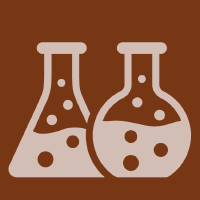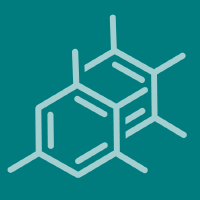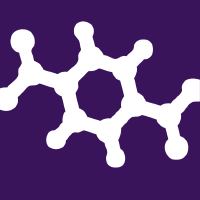Topic Editors


Advanced Nanostructures for Environmental and Biomedical Applications
Topic Information
Dear Colleagues,
Advancements in nanotechnology have facilitated the development of advanced nanostructures with precisely designed properties, leading to innovative solutions in multiple fields. In the domain of environmental applications, the utilization of nanomaterials, encompassing metal oxides, carbon-based structures, and semiconductor nanoparticles, is imperative for water purification, air filtration, and pollutant degradation via (photo)catalysis. The distinctive characteristics of nanomaterials, including their substantial surface area, high reactivity, and adaptable properties, contribute to a considerable enhancement in their efficacy in the removal of contaminants and the mitigation of environmental hazards. In the biomedical field, nanostructures have found extensive application in a variety of areas, including drug delivery systems, biosensors, tissue engineering, and antimicrobial coatings. The use of functionalized nanoparticles, liposomes, and hydrogels in these contexts facilitates targeted and controlled drug release, thereby enhancing therapeutic efficacy while minimizing adverse effects. Furthermore, nanostructured materials play a crucial role in regenerative medicine by fostering cell growth and tissue repair. This Topic thus focuses on recent research and reviews on the synthesis, characterization, and environmental and biomedical applications of advanced nanostructures.
Research topics may include but are not limited to the following:
- Novel photocatalysts;
- Environmental applications based on nanostructures;
- Water splitting;
- Wastewater treatment;
- Air purification;
- Pollutant photocatalytic removal;
- Composites for energy;
- Nanostructures for tissue engineering;
- Biomaterials;
- Drug delivery;
- Hydrogels;
- Biocomposites.
Prof. Dr. Lucian Baia
Dr. Monica Baia
Topic Editors
Keywords
- photocatalysts
- pollutant removal
- energy
- environment
- hydrogels
- drug nanocarriers
- drug delivery
- pharmaceutical applications
- in vitro studies
- in vivo studies
Participating Journals
| Journal Name | Impact Factor | CiteScore | Launched Year | First Decision (median) | APC | |
|---|---|---|---|---|---|---|

Catalysts
|
4.0 | 7.6 | 2011 | 16.6 Days | CHF 2200 | Submit |

Chemistry
|
2.4 | 3.9 | 2019 | 18.5 Days | CHF 1800 | Submit |

Molecules
|
4.6 | 8.6 | 1996 | 16.1 Days | CHF 2700 | Submit |

Nanomaterials
|
4.3 | 9.2 | 2010 | 15.4 Days | CHF 2400 | Submit |

Polymers
|
4.9 | 9.7 | 2009 | 14 Days | CHF 2700 | Submit |

Materials
|
3.2 | 6.4 | 2008 | 15.2 Days | CHF 2600 | Submit |

Preprints.org is a multidisciplinary platform offering a preprint service designed to facilitate the early sharing of your research. It supports and empowers your research journey from the very beginning.
MDPI Topics is collaborating with Preprints.org and has established a direct connection between MDPI journals and the platform. Authors are encouraged to take advantage of this opportunity by posting their preprints at Preprints.org prior to publication:
- Share your research immediately: disseminate your ideas prior to publication and establish priority for your work.
- Safeguard your intellectual contribution: Protect your ideas with a time-stamped preprint that serves as proof of your research timeline.
- Boost visibility and impact: Increase the reach and influence of your research by making it accessible to a global audience.
- Gain early feedback: Receive valuable input and insights from peers before submitting to a journal.
- Ensure broad indexing: Web of Science (Preprint Citation Index), Google Scholar, Crossref, SHARE, PrePubMed, Scilit and Europe PMC.

